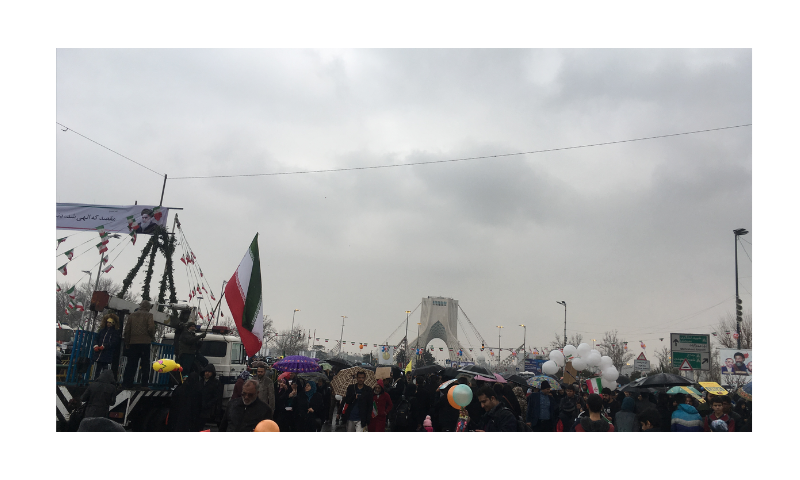Jonathan Spyer
WSJ, Dec. 8, 2024
“In each case, Israel’s response laid bare the profound inferiority of the Iranians and their allies in direct confrontation.”
The fall of Bashar al-Assad’s regime in Syria marks the eclipse of Iran’s self-styled axis of resistance in the Middle East. While the successful advance of the Syrian Sunni insurgents into Damascus seemed sudden, it didn’t happen overnight. Mr. Assad’s flight from the country seals what has been a disastrous few months for Tehran and its allies.
By removing the Assad regime, the insurgents—known as Hayat Tahrir al-Sham—have cut off Tehran’s main proxy militia, Hezbollah, from its supply lines. This was possible because of Israel’s mauling of Hezbollah in November, prompting the terror group to accept a cease-fire with the Jewish state. The decision was in direct contrast with Hezbollah’s goal when it entered the war on Oct. 8, 2023. As Hassan Nasrallah, its now-deceased leader, expressed at the time: “The Lebanon front will not stop before the aggression on Gaza stops. The resistance in Lebanon won’t stop supporting and assisting the people of Gaza, the West Bank and the oppressed people in these holy lands.” By the time both parties agreed to a cease-fire, Nasrallah was dead. Hezbollah decided that sticking by its junior ally in Gaza was no longer worth the price. The dramatic events in Syria rapidly followed.
Hezbollah’s actions came after Iran’s decision to avoid any major retaliation for Israel’s Oct. 26 attacks on targets inside Iran. This reluctance persisted despite Supreme Leader Ali Khamenei’s promise of a “crushing response to what they are doing to Iran . . . and to the resistance front” after the attack. Iran hesitated in part because of the failure of its Iraqi and Yemeni proxies to penetrate Israeli air defenses with drones and missiles. Israel continued to make progress against Hamas in Gaza, despite Iran’s various efforts to open support fronts to relieve the pressure. Gaza’s Islamists are now isolated, facing Israel alone.
The apparent eclipse of Iran’s proxy axis, its helplessness in the wake of Israeli countermeasures, and the loss of Syria are of particular note because the alliance had fared so well for so long. Iran’s first success in the field of irregular warfare came with its creation of Hezbollah in 1982. It piloted Hezbollah to a victorious insurgency against Israel from 1985 to 2000, and then to undisputed political domination of Lebanon after 2008. After the fall of Saddam Hussein in 2003, Tehran-supported Shiite militias became the dominant political-military force in Iraq. Outreach to Hamas via Hezbollah from the early 1990s secured Iran a foothold in the Israel-Palestinian conflict, with its enormous symbolic importance in the Arab and Muslim worlds. …SOURCE
Mr. Spyer is director of research at the Middle East Forum and director of the Middle East Center for Reporting and Analysis. He is author of “Days of the Fall: A Reporter’s Journey in the Syria and Iraq Wars.”


